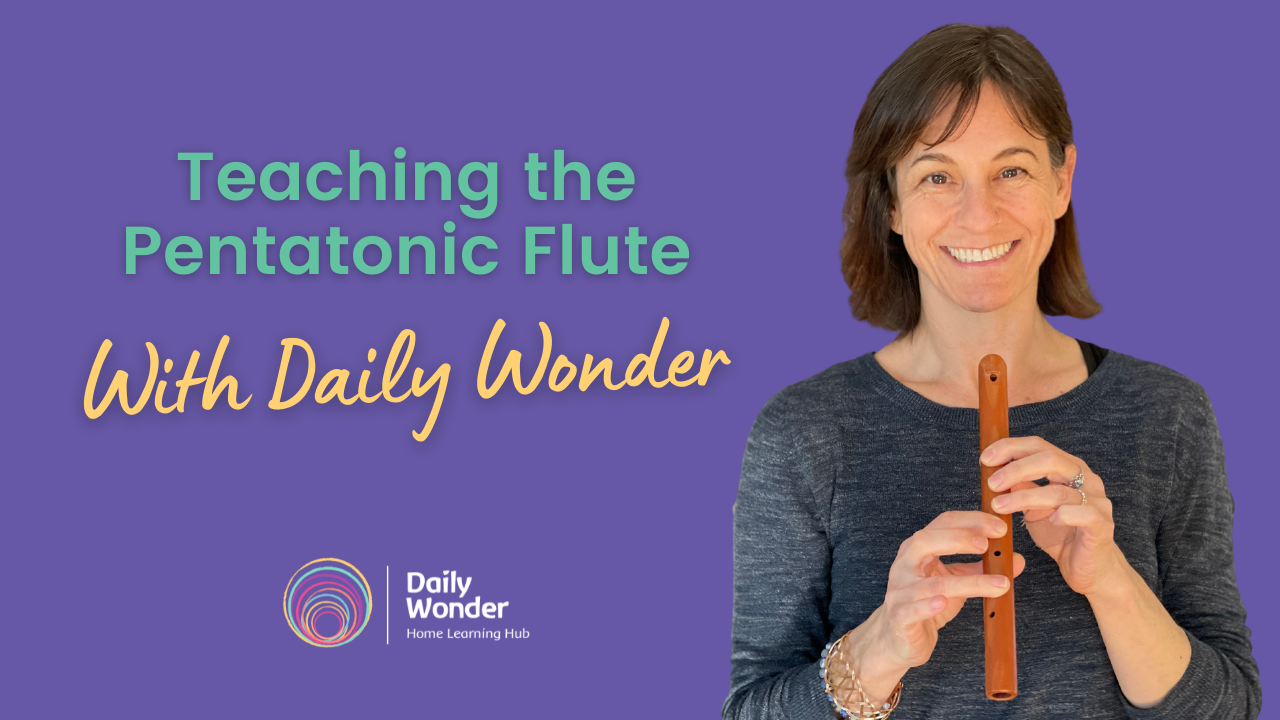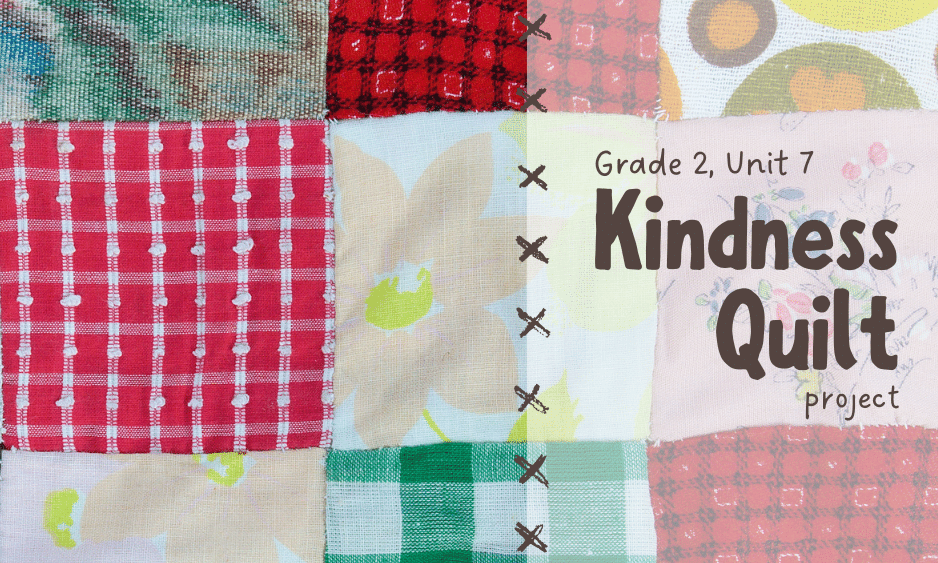|
The pentatonic flute is named so after the five-note pentatonic scale. Rudolf Steiner said this scale harkens back to our ancient ancestors' days and the music they felt from the spirit world. As human consciousness evolved, so did our understanding and connection to music.
0 Comments
Each Daily Wonder unit comes complete with three weeks of guided daily curriculum and a 4th week called a Flex Week. Parents can rest assured that the curriculum is covered as planned for each unit during the first three weeks. If parents choose to continue the daily routine with Flex Week, they will continue to cover the curriculum and expand on that with design thinking as well.
The Flex Week project for the Grade 2, Month 7, The Wonder of Reading unit is the completion of a Kindness Quilt. The theme of kindness runs through the stories told during this unit. Stories of kindness are a perfect backdrop for the level of reflection appropriate for the 7 or 8-year-old. It is more developmentally appropriate for a child this age to feel how they feel rather than to think about how they feel. This means it is easier for them to read about kindness and feel how that care feels than for them to bring this into their thinking for analysis. |
BlogExplore schedules, rhythms & routines, songs, music, festivals, free play, meals, projects & more to support your homeschooling program.Categories
All
Archives
July 2024
|
You might be wondering... |
Visit us on Teachers Pay Teachers© COPYRIGHT 2020. ALL RIGHTS RESERVED
Serving your worldwide educational needs from Comox Valley, BC, Canada. |



 RSS Feed
RSS Feed